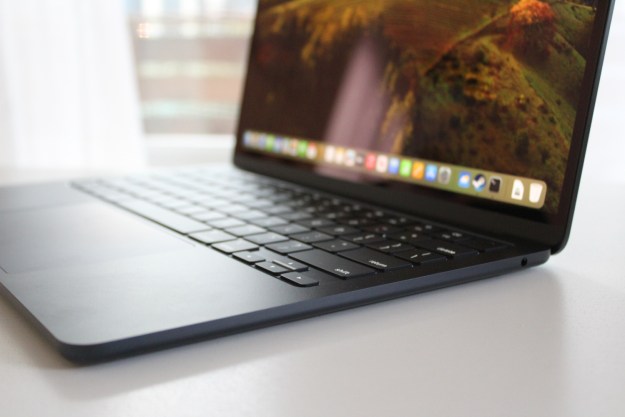In MacOS Monterey, Apple has updated its Apple Maps app to include a new globe view. This shows Earth floating in space, allowing you to quickly spin the planet and zoom in on any location of your choosing.
Using it is straightforward, but it can feel a little hidden since there is no obvious button to click that will activate it. Not to worry, as our guide will show you how to use it, including a few useful features that make it even more useful.
Note that you must have an Apple Silicon Mac to use globe view in MacOS Monterey. It will not work on Intel-based Macs, at least for the time being.
Step 1: Take the long view

To activate the globe view, all you have to do is zoom out. You can do this by scrolling your mouse wheel, pinching two fingers together on your trackpad, or pressing the minus (–) button in the bottom-right corner of the app window. Keeping zooming out and the view will change from a flat map to a globe view of the Earth.
Step 2: Moving the Earth

You’ll now see Earth floating in space. To rotate it, just click and drag anywhere or swipe with two fingers on your trackpad. As you move over Earth’s poles, the globe view zooms in for a closer look.
Step 3: Click for more info

Even in this far-out view, important place names are shown on the map. This includes notable cities and geographic features like mountain ranges and oceans. Click a name to open an information card with more details, such as a short description, a selection of photos, and a list of local Apple Maps guides.
Click the “…” button in the top right to share the location or copy its coordinates. There are also buttons to show directions, create a route, or take a Flyover tour.
Provided you have allowed Maps access to your location, your current position is shown on the map as a blue dot. Click it to show your address and coordinates.
Step 4: Change the map type

In the top right, click the “Map mode menu” button to the right of the location arrow. Explore and Driving modes use the standard flat-color view, while Satellite changes to satellite imagery. Public Transport fades the colors on the map and highlights important public transit routes such as Amtrak lines. At the time of writing, this only showed routes in a handful of countries.
Step 5: Use the compass

In the bottom-right corner of the Maps window are some extra controls. You can zoom in or out by clicking the plus and minus buttons, or switch the view’s orientation using the compass. For the latter, just drag the compass, which can move about 45 degrees in either direction from north. Let go to return to north.
Editors' Recommendations
- Best Apple deals: Save on AirPods, Apple Watch, iPad, MacBook
- How to take a screenshot on a Mac
- How to change the default apps on a Mac
- 10 Mac trackpad gestures that everyone should be using
- Apple just announced the dates for WWDC 2024




